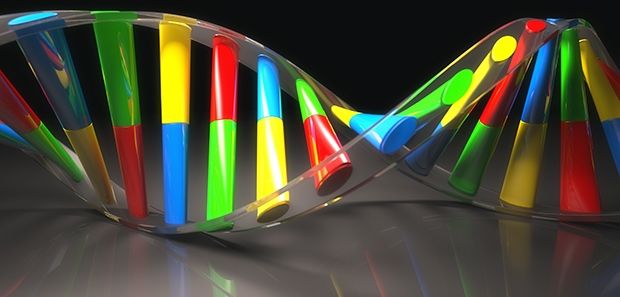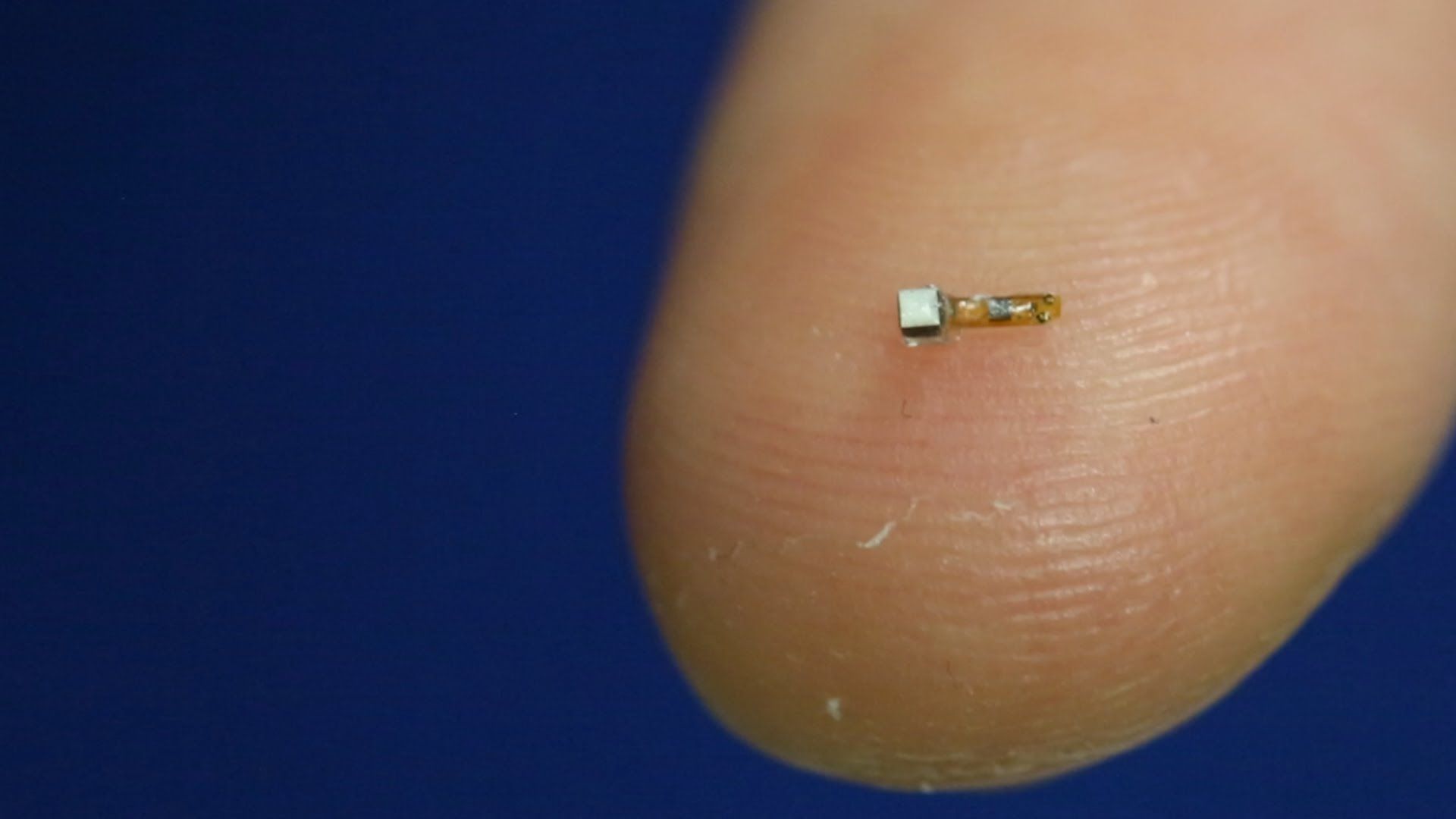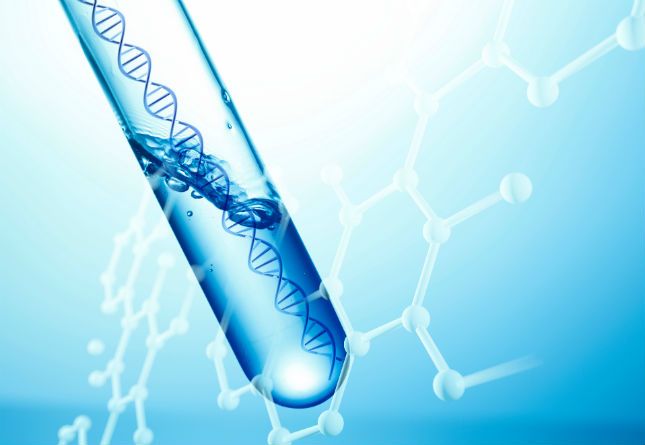Sep 23, 2016
Synthetic biology competition launched
Posted by Karen Hurst in categories: bioengineering, biological
An annual competition has been launched to assist companies aiming to solve world issues with synthetic biology.
Bio-start offers the winner a combination of £100k cash as well as laboratory space, professional services and a 10 week accelerator programme with mentorship valued at approximately £100k.
Dr Stephen Chambers, CEO of SynbiCITE, one of the companies involved in the founding of the competition said: “This is a first in the UK for synthetic biology and our aim is to help as many companies and entrepreneurs as we can. Once applications have been assessed up to twenty-five businesses will go through our ten-week boot-camp and mentoring programme. Up to ten will go through to the final awards evening where they’ll have a chance to pitch their ideas to an expert panel in front of an audience of investors and industry leaders.”















